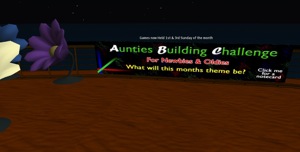 For anyone looking for something fun to do on Sunday night, try ABC Island in Second Life.
For anyone looking for something fun to do on Sunday night, try ABC Island in Second Life.
The next ‘Aunties Building Challenge’ is being held, starting 8.30 pm AET (3.30 am SL time). It’s a great way for newer Second Life residents to learn the ropes of content creation while more experienced people can enjoy the overall challenge.
2. Timothy Burke at Terra Nova has an interesting piece on how there’s more to virtual worlds than Second Life and World of Warcraft. Who’d have thought?
3. Eyefliez will be hosting “A Midsummer’s Eve Relay For Life Benefit” to promote cancer awareness, with all proceeds going to Relay for Life:
– Two stages, all day long – Live Musicians, DJs and Live Acts including:
—- Tone Uriza
—- Lexie Luan
—- Bones WriterX
—- Squidfisher McMillan … and many more!– Freebies from local stores
– Treasure HuntDid you know that if you counted 10 people around you, one of them will die of cancer? Note that says WILL, not ‘could’. There is no cure, YET! Prevention and awareness saves lives! All money donated to RFL goes directly to international programs, research, and helping those who can’t afford treatments.
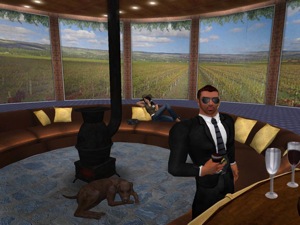 Back in May 2007 we
Back in May 2007 we 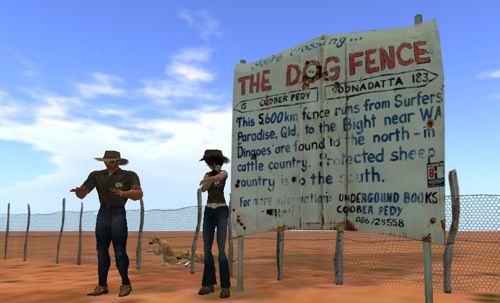



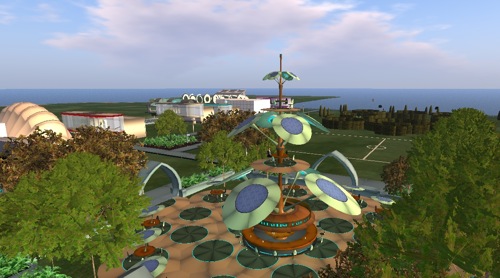
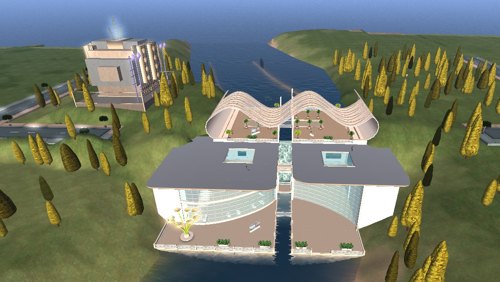
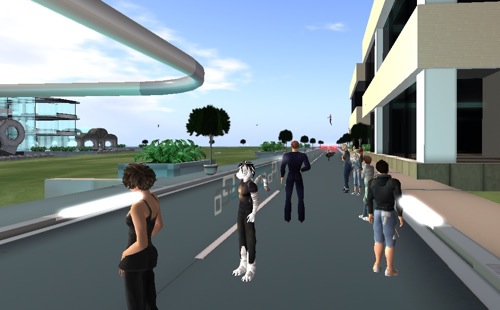

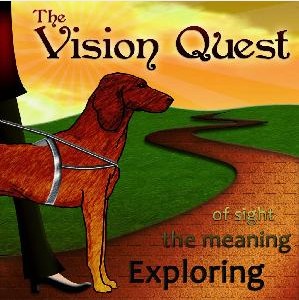 Starting on the 20th June, the Virtual Worlds Story Project is running Vision Quest:
Starting on the 20th June, the Virtual Worlds Story Project is running Vision Quest:

Recent Comments